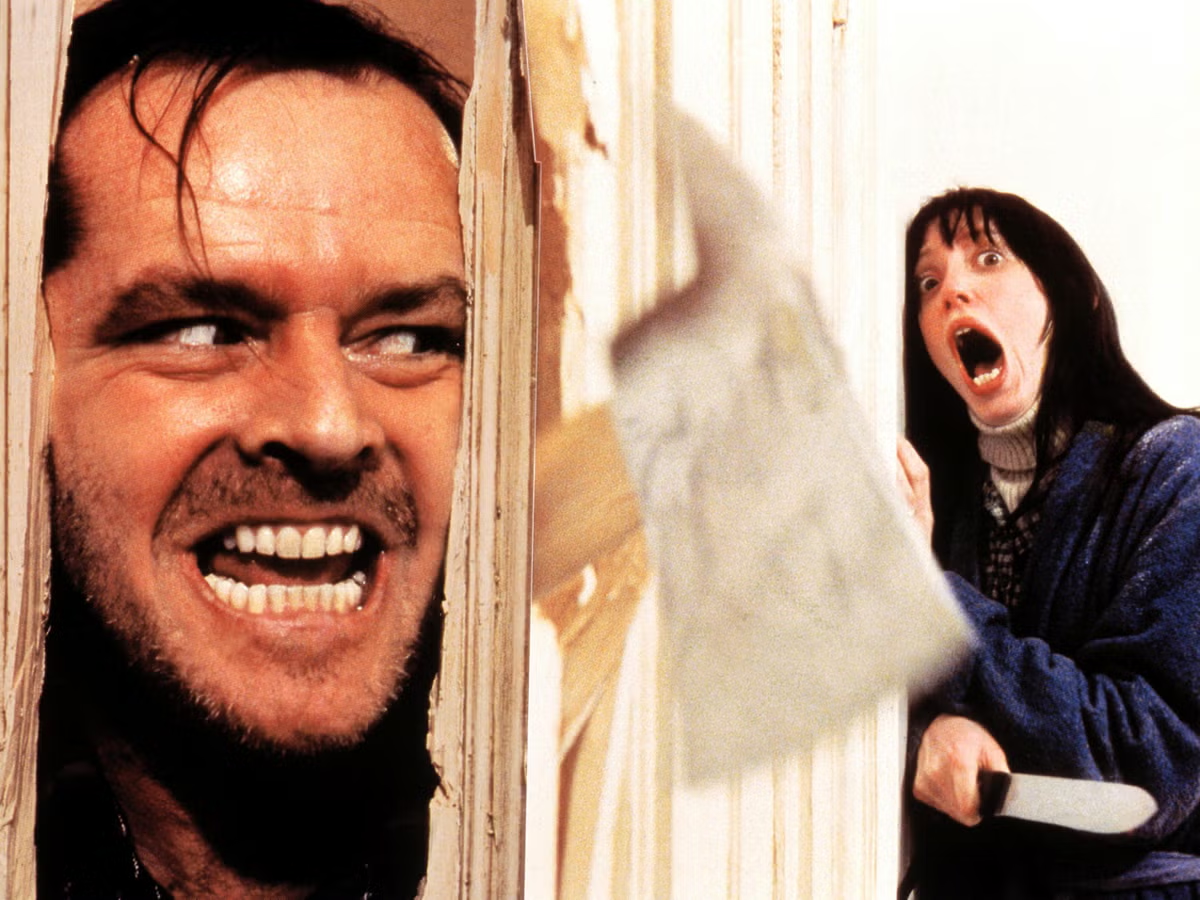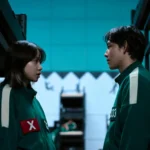The Top 5 Best Horror Movies of All Time: A Journey into Cinematic Terror
Horror movies have captivated audiences for decades, using fear, suspense, and the unknown to create some of the most memorable moments in film history. From psychological thrillers to supernatural hauntings, the horror genre offers a broad spectrum of styles and scares. But what makes a horror movie truly great? Is it the spine-chilling atmosphere, the psychological torment, or the monstrous villains? In this article, we’ll explore the top 5 best horror movies of all time, each of which has left a lasting mark on the genre and continues to terrify viewers to this day.
1. The Exorcist (1973)
No list of the greatest horror films would be complete without The Exorcist. Directed by William Friedkin and based on the novel by William Peter Blatty, this supernatural horror film set the standard for the genre. The Exorcist tells the story of a young girl, Regan MacNeil, who becomes possessed by a demonic force, and the desperate attempts of two priests to save her through the ancient ritual of exorcism.
What makes The Exorcist one of the greatest horror films of all time is its blend of religious horror, psychological terror, and unsettling imagery. The film delves deep into themes of faith, good vs. evil, and the fragility of the human soul. Its groundbreaking special effects, such as the infamous head-spinning scene and the levitation sequence, were ahead of their time and still hold up today. Moreover, The Exorcist is not just about jump scares; it’s about slow-building dread, culminating in one of the most intense, climactic battles between good and evil ever put to film.
Why It’s the Best:
- Unnerving atmosphere and psychological tension.
- Stellar performances, especially by Linda Blair as Regan.
- Groundbreaking special effects that revolutionized the genre.
2. Halloween (1978)
When it comes to slasher films, John Carpenter’s Halloween is the undisputed king. This low-budget film not only created one of the most iconic horror villains of all time, Michael Myers, but it also laid the foundation for the entire slasher genre. Halloween follows Myers, a masked killer who escapes from a mental institution and returns to his hometown to wreak havoc on Halloween night, stalking babysitter Laurie Strode (played by Jamie Lee Curtis) in the process.
Carpenter’s expert use of suspense and minimalism set Halloween apart from other horror films. The tension slowly builds as Myers methodically hunts his victims, and Carpenter’s haunting, minimalist score—composed by Carpenter himself—only heightens the sense of dread. What makes Halloween so effective is its simplicity: the terror comes not from complicated plot devices or elaborate effects, but from the primal fear of being stalked by an unstoppable, faceless killer.
Why It’s the Best:
- Introduced the slasher genre and set the template for future films.
- Michael Myers is one of the most iconic and terrifying villains in horror.
- Carpenter’s use of tension, pacing, and music is masterful.
3. Psycho (1960)
Psycho is Alfred Hitchcock’s masterpiece and a landmark film in both horror and cinema history. Based on the novel by Robert Bloch, Psycho tells the story of Marion Crane, who steals money from her employer and ends up at the eerie Bates Motel, run by the disturbed Norman Bates. The film’s plot is full of twists, but its most famous scene—the shower scene—is one of the most iconic and analyzed sequences in film history.
What makes Psycho such a groundbreaking horror film is its ability to subvert audience expectations. Hitchcock lures viewers in with a traditional crime story before abruptly shifting gears into a psychological horror. Psycho explores themes of madness, duality, and the relationship between mother and son in ways that had never been done before on screen. Norman Bates, played brilliantly by Anthony Perkins, became one of the most complex and unsettling characters in cinema, and his legacy as one of horror’s greatest villains endures to this day.
Why It’s the Best:
- Masterful storytelling and suspense.
- Norman Bates is one of the most fascinating villains in horror history.
- The infamous shower scene is one of the most iconic moments in film.
4. The Shining (1980)
Stanley Kubrick’s The Shining is a masterclass in psychological horror, adapted from Stephen King’s novel of the same name. The film tells the story of Jack Torrance (played by Jack Nicholson), a writer who takes a job as the winter caretaker of the isolated Overlook Hotel. As the hotel’s malevolent forces slowly drive him mad, Jack’s descent into madness threatens his wife Wendy and son Danny.
Kubrick’s use of cinematography, sound design, and visual symbolism creates an unsettling, dreamlike atmosphere that lingers long after the credits roll. The hotel itself becomes a character in the film, a labyrinthine space where reality and illusion blur. Nicholson’s portrayal of Jack Torrance is chilling, particularly in scenes like the famous “Here’s Johnny!” moment. Kubrick’s meticulous attention to detail and unsettling tone make The Shining one of the most psychologically terrifying films ever made.
Why It’s the Best:
- Kubrick’s meticulous direction creates a haunting atmosphere.
- Jack Nicholson’s performance is one of the most iconic in horror history.
- Themes of isolation, madness, and the supernatural are explored brilliantly.
5. Get Out (2017)
Jordan Peele’s Get Out redefined modern horror, blending social commentary with psychological tension to create one of the most innovative and thought-provoking horror films in recent years. Get Out follows Chris Washington, a young Black man who visits the family of his white girlfriend, only to discover that something far more sinister is going on behind the smiles and friendly demeanor.
Peele uses horror as a lens to explore themes of racism, cultural appropriation, and exploitation in a way that feels fresh and vital. The film’s pacing, performances, and unsettling atmosphere keep viewers on edge throughout, while its sharp social commentary elevates it beyond typical horror fare. Get Out is not just a horror film—it’s a mirror held up to society, forcing viewers to confront uncomfortable truths about privilege, identity, and power. Its critical and commercial success proved that horror could be both terrifying and deeply relevant.
Why It’s the Best:
- Blends horror with sharp social commentary.
- Jordan Peele’s direction and script are original and thought-provoking.
- Keeps viewers on edge with psychological tension and mystery.
Conclusion: The Timeless Appeal of Horror
Horror films, at their best, are more than just vehicles for cheap scares—they reflect our deepest fears, anxieties, and societal issues. From supernatural terrors like The Exorcist to psychological thrillers like The Shining, the genre has produced some of cinema’s most memorable and impactful works. These top five films not only define what makes horror great but also show the diversity and depth the genre can offer. Whether you’re a fan of jump scares, slow-burn psychological tension, or films that explore real-world fears, there’s something in this list for every horror lover.













